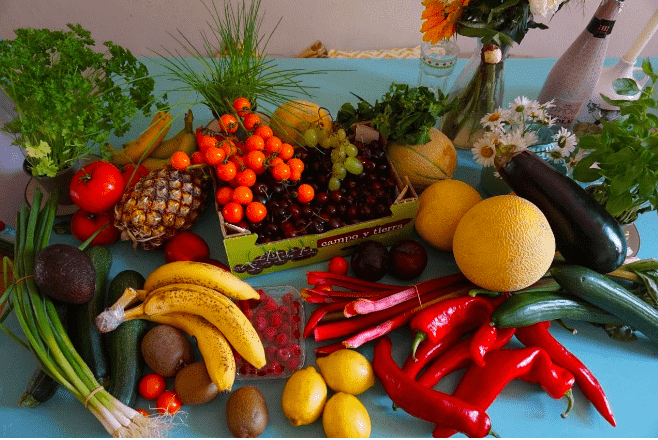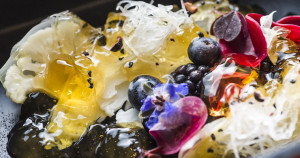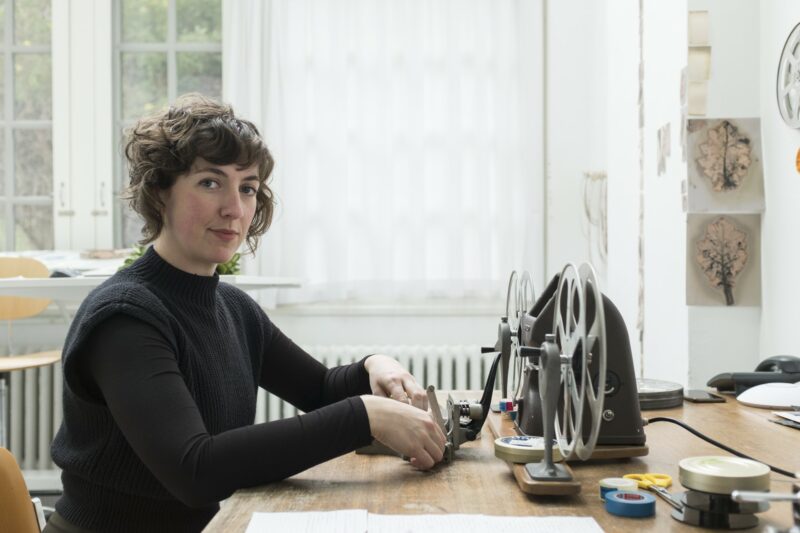
‘Food is Art / Art is Food’ is the latest exhibition at the Glen Arbor Arts Center. Set to run until August 19, the show displays visual works inspired by one of the world’s favorite subjects — food. More than 20 artists from Northern Michigan and further afield will take part in the event.
“This group of works sees food from many angles and expresses it in many ways: documentary, abstract, 2D and 3D, surreal, fiber, metal, many media and styles. Color is [also] a virtue of food, and helps express the sensual and visual qualities that make food art and art food,” says one of the exhibition’s jurors Tim Nielson.
Food as Commentary
Over time, artists have used food and produce to comment on the world around them. They have used edibles to critique ideas about race, gender, class and politics. They have also used food to explore identity. For example, what it means to be American, French or German.
For instance, the platform sterneFOOD.de states: Cuisine is a huge part of what makes German culture unique. Once a part of the Holy Roman Empire, today Germany is one of the world’s leading economies, and its food and eating habits reflect this. Aside from drinking a lot of beer (Germans drink 140 liters of beer a year), Germans eat a great deal of bread. In fact, the country has a proud tradition of bread-breaking.
‘Food is Art / Art is Food’ follows suit, using food to address deep philosophical questions that surround the subject. Some of these include: “What happens when food is a design element? What happens when food is used as an art material? What are the rituals connected with food? And how does one feed the spirit?”
Eclectic Pieces
One of the works on show is Citricos Fantasticos by Nancy Krcek Allen, which features dehydrated citrus on a clay board and incorporates melted beeswax, pigment and resin. Nancy, who is both an artist and chef-educator, has used the exhibition as an opportunity to combine her love of both pursuits.
Ann Cibulski’s artwork, on the other hand, encourages the viewer to look at everyday objects associated with food in a new way. The piece is a composition of a metal soup bowl covered in hand knitting, knitted rice and chopsticks covered with cotton yarn. Since the objects have been rendered unusable for their original purpose, the artwork forces us to look at their form and shape rather than function.
Beyond the exhibition itself, the Glen Arbor Arts Center is also running a program that explores the subject of food from various angles. The next event, which will take place on July 31, will discuss the Benzie Seed Saving Guild with its executive director Josh Stoltz and the project seed librarian Becky Thatcher.







